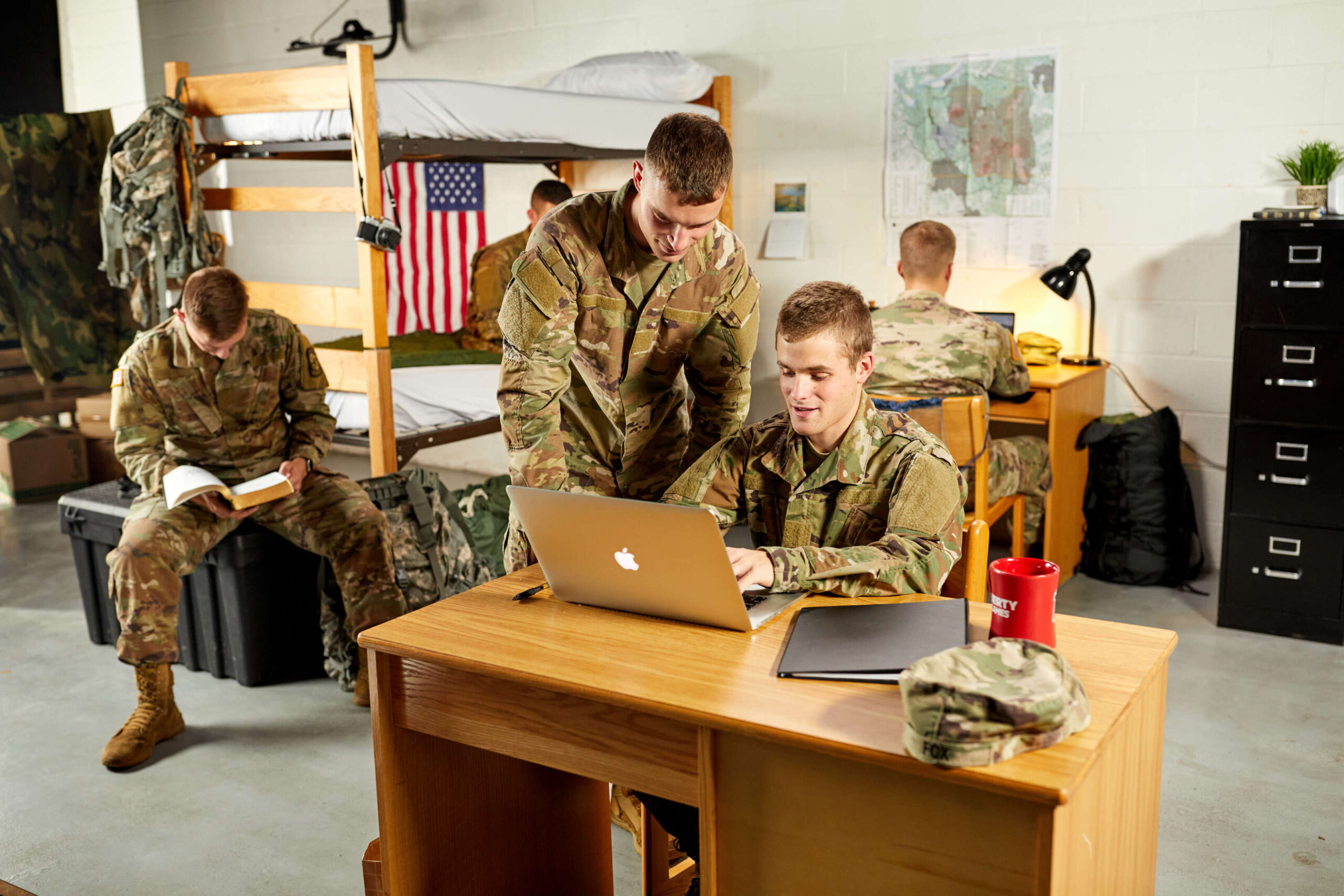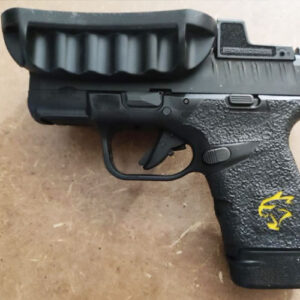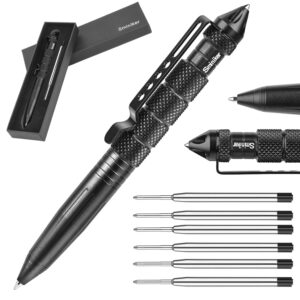In the world of SHTF (Shit Hits The Fan) preparedness and doomsday planning, having a well-thought-out bunker is not just a luxury, it’s a necessity. The perfect bunker is a blend of security, sustainability, and comfort. Here, we dive into what makes the ultimate underground bunker blueprint for preppers.
Entrance: Your First Line of Defense
Security begins at the entrance. Your bunker’s entry point should be discreet yet accessible, camouflaged from prying eyes yet easy for you and your family to enter in an emergency. Consider a hidden entrance that blends with the natural environment or is concealed within a structure. The entrance should include a secure airlock system, featuring multiple doors for enhanced safety against intruders or environmental hazards.
Living Quarters: Balancing Comfort and Functionality
The heart of your bunker is the living quarters. This area should be designed for long-term living, with comfortable sleeping arrangements, perhaps bunk beds to maximize space. A common area with seating and tables is essential for dining, planning, or simply relaxing. Personal touches are important too; they help maintain morale during extended stays underground.
Storage: Stockpiling Essentials
Storage is a critical component. You’ll need ample space for non-perishable food, water reserves, medical supplies, tools, and clothing. Organize your supplies for easy access and inventory management. Consider separate, secured areas for sensitive items like firearms or communication equipment.
Utilities: Keeping the Lights On and Water Flowing
The utility systems in your bunker are its lifeline. Off-grid power sources like solar panels or generators are vital, as is a backup system. Water purification is a must, alongside ample storage capacity. Air filtration is crucial, especially if airborne contaminants are a concern. Don’t forget waste management systems, like composting toilets, to maintain hygiene.
Kitchen and Dining: More Than Just Survival Food
A functional kitchen is key. Equip it with a stove, refrigerator (if power permits), and adequate space for food preparation. Stock it with cooking supplies, utensils, and a variety of foods to keep meals interesting and nutritious. This area should be inviting, a place where your group can gather and maintain some semblance of normalcy.
Medical Area: Preparing for Health Emergencies
Dedicate space for medical needs. Stock it with first aid kits, essential medications, and basic medical equipment. This area should be clean, organized, and ready for any health-related emergencies that might arise.
Communication Center: Your Window to the Outside World
Staying informed is critical. Set up a communication center equipped with radios, satellite phones, or other communication devices. Ensure you have the necessary knowledge and skills to operate these tools effectively.
Security Measures: Staying Vigilant
In a SHTF scenario, security is paramount. Equip your bunker with surveillance systems, including cameras and monitors. Consider reinforced walls, bulletproof glass, and secure doors. Alarms and motion sensors can alert you to any external threats.
Exercise and Recreation: Maintaining Physical and Mental Health
Long-term confinement can take a toll on physical and mental health. Include an exercise area with basic equipment like weights, resistance bands, and a yoga mat. Recreation is also important; stock books, games, and other entertainment sources to keep spirits up.
Customization: Tailoring to Your Needs
Your bunker should be customized to your specific needs and situation. Consider the size of your group, the local climate, potential threats, and personal requirements when designing your bunker. A one-size-fits-all approach doesn’t work in bunker design.


